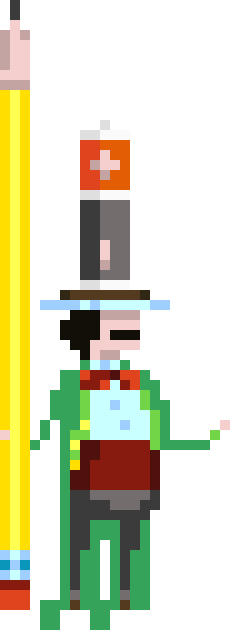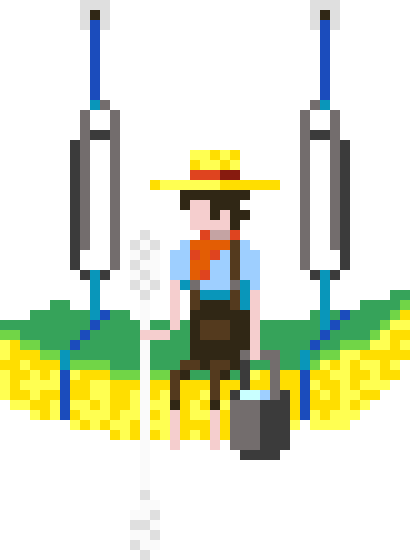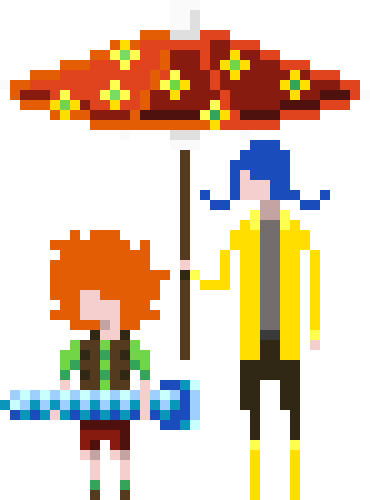



Skip trowel is a texture sitting somewhere between a traditional knockdown texture and santa fe texture. The name refers to the skipping of the trowel when creating the texture, which gives it an effect similar to many stucco finishes. It was common in the 1970s and 1980s as a replacement for the smooth look that takes more labor.
Skip trowel is a texture created by skipping a curved trowel across the wall to flatten the mud. It's similar to a traditional knockdown texture, but the use of a trowel instead of a knife causes the mud to skip across the wall. It can have wider peaks and valleys, giving it a stucco feel. It doesn't have as wide of sections as a santa fe texture though. It's very similar to knockdown, but more often is not sprayed, and done completely by hand, which can lead to a slightly higher cost.
Skip trowel is sometimes combined with elements from santa fe textures, or even spanish knife textures. Because it is knocked down, there is some overlap with knockdown texture. Some people will stutter their trowel when applying it to create scar-like marks that give the wall character. Others may flick their trowel off the wall at the end of a stroke to give it a more spanish knife feel.
It's a good texture to hide imperfections, such as unevenness or cosmetic flaws, in the wall. It gained in popularity during the 1970s and 1980s as it replaced the smooth look that takes more time and labor. Skip trowel was a way to not only saving the labor fixing all of those imperfections, but a way to add more visual interest to your wall.
Unlike a traditional knockdown texture, skip trowel is hand applied instead of sprayed. A looser mud is used that allows less pressure to be used when knocking it down. Old school tradespeople will insist that the mud mixture needs sand in it, otherwise it's just sparkling knockdown. The sand was originally added to help the trowel skip across the wall when applying it. Sand will also give the texture a more gritty appearance and make it look more like stucco. Typically sand is still used in skip trowel textures in the Northwest US.




Start with a Level 3 drywall finish. Apply an uneven coat of all purpose joint compound mixed with water to your wall. Smooth it out with a drywall knife making arcing patterns across the wall creating large slightly raised sections. Add more character by making stuttering movements with your knife.
This texture will not cover the whole surface, so the drywall needs to be a smooth surface. Make sure that your wall is at least up to a Level 3 drywall finish. This means that flat joints and interior angles have been taped and have one coat of joint compound smoothed over them. Accessories and fasteners need at least two separate smooth coats.
Note: If you plan on applying the texture thinly, you will need a Level 4 drywall finish.
There's no reason not to use "all purpose" joint compound for skip trowel, but other formulations will probably work fine. Mix it in either a 5 gallon bucket or the bucket it came in if that's possible. Mix it by slowly pouring the water in while stirring constantly by hand with a mixing paddle or with an electric drill with a mixing attachment. Keep adding water and mixing until the consistency of the mud is smooth and creamy like a thick paint or pancake batter.
After getting the mud to a good consistency, you want to add sand to the mixture. Different grits of sand and different amounts of sand will create different effects. If you are trying to create a specific look, you'll want to make sure you have a piece of cardboard or scrap drywall to test your texture out before you apply it to your whole wall. If you don't mix enough mud for the whole project you are working on at one time, make sure that you remember the sand to mud ratio!
Let the mud sit for a couple minutes to allow any air bubbles to escape. Give it a good stir before use if it's been sitting for a while.
Note: Drywall enthusiasts will not consider your texture skip trowel if there's no added sand. Reasonable people do not disagree on this point.
Now it's time to apply the mud to the wall using your trowel. Take your trowel and grab some mud from your container (or hawk if you're fancy) and start applying it to the wall. You can apply a light coat or a heavy coat depending on the look you are going for, or imperfections you are trying to cover up.
This is where some people might add scars by "scratching" the mud with the trowel, or create knife marks by flicking their wrist when pulling the trowel away from the wall.
Note: Some people will spray on the initial coat of mud. Again, drywall enthusiasts will not consider your texture skip trowel if you do this, but we will not stop you.
As you go, use your trowel or a drywall knife to knock down the texture. You don't need to use a lot of force, just enough to flatten the mud. Different amounts of force will change the final appearance. Use a level of force that produces the texture you prefer. Unlike straight knockdown, you will want to move your knife across the wall in arcing patterns, instead of straight up and down.
Keep your trowel or knife clean while you're doing this. Wipe off excess mud with a damp rag between each stroke.


